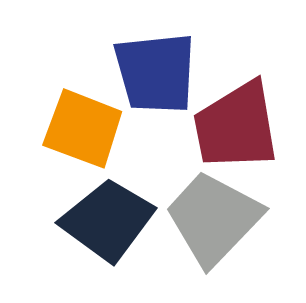Despite the ‘pictorial turn’ in peace studies, integrating visual research methods remains challenging.[i] Academia seems hesitant to put the visual at the heart of its endeavors. Scholars tend to ‘capture’ and categorize meanings by ‘reading images’ instead of allowing themselves to be ‘captured by’ the image and its evocative and imaginative potential.[ii] The image as data, however, demands the researcher to first ‘sit’ with the image and question which certainties might be disrupted. We often approach the image as text, while visual analysis may require alternative methodological steps and reporting techniques.[iii] It is important to ask: ‘What does the image do to us?’ Instead of: ‘How can we label it?’.
